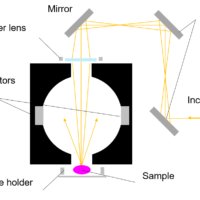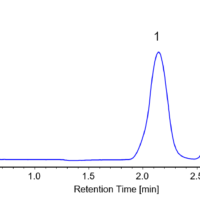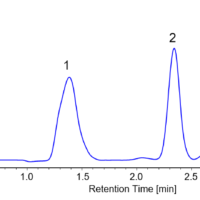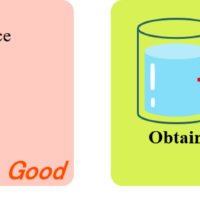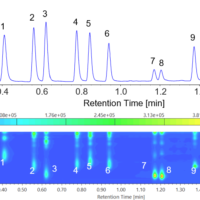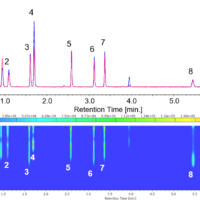Introduction
Light in the near-infrared region is widely employed for such purposes as quality control, incoming inspections, and process control using the diffuse reflection method. Furthermore, since light in the near-infrared region is not absorbed by glass, it can be easily used for measuring powdered samples in test tubes and sample bottles. On the other hand, the measurement of liquid samples is normally performed using the transmission method rather than the diffuse reflection method, and the cell used is generally as thin as 1 to 3 mm thickness. This results in the problem of having to clean the cell each time for such applications as quality control, process control, and quantitative analysis. The method introduced in this article is an analysis technique using a commercially available hematocrit capillary tube (glass capillary tube). The capillary tube with the sample is placed as is on the sample holder and then measured using the transmission and reflection methods. Since hematocrit capillary tubes (Figure 1) enable measurements with only a trace amount of sample and without the need to clean standard sample cells, they can be widely used in such applications as incoming inspections, process management, and quantitation. Measurement results also have a similar level of precision when compared with standard cells or ATR accessories.
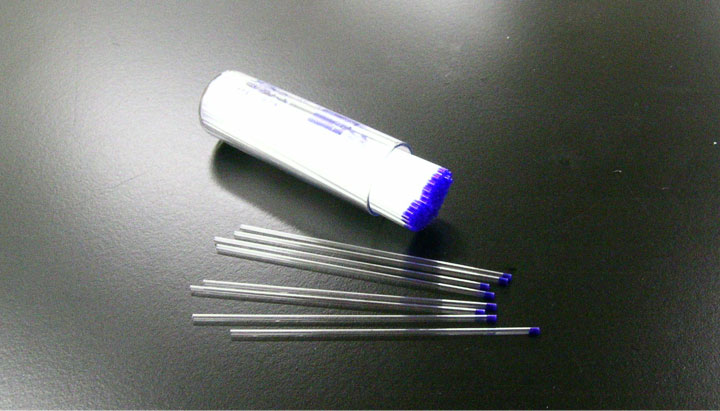
Figure 1. Hematocrit capillary
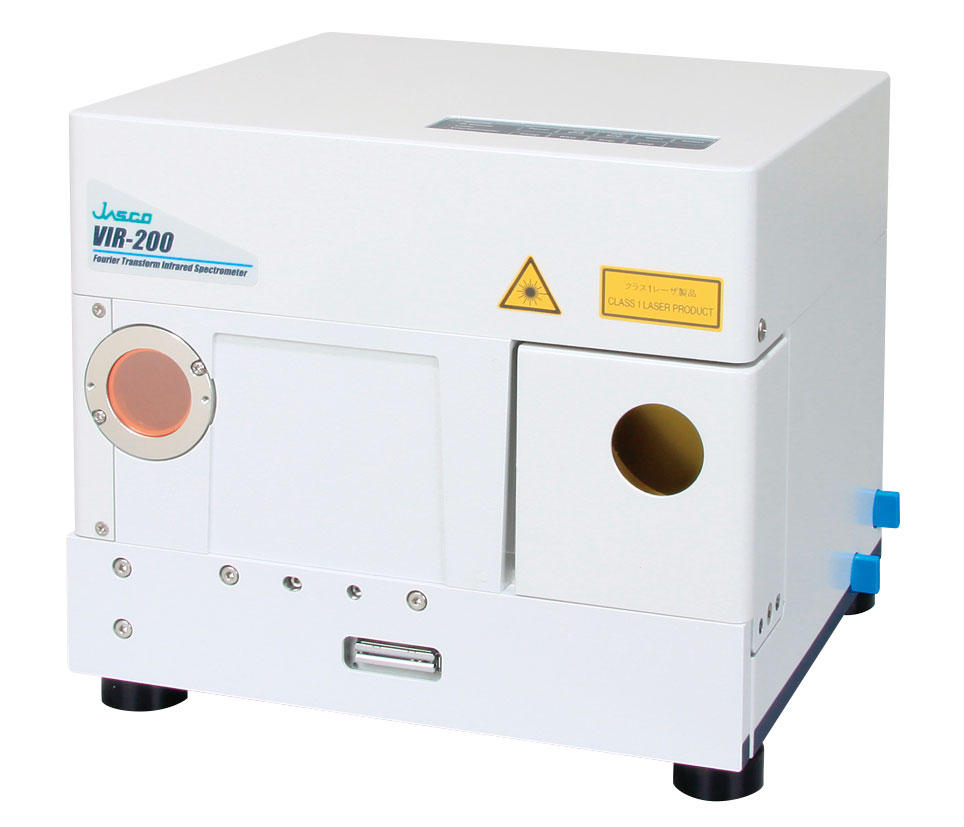
Versatile FTIR spectrometer
Experimental
Transmission measurement
The transmission holder shown in Figure 2 was placed in the sample chamber of a near-infrared FT-IR instrument and the hematocrit capillary tube was placed horizontally on the sample holder for sample measurement. The slit mask was set to match the dimensions of the capillary tube.
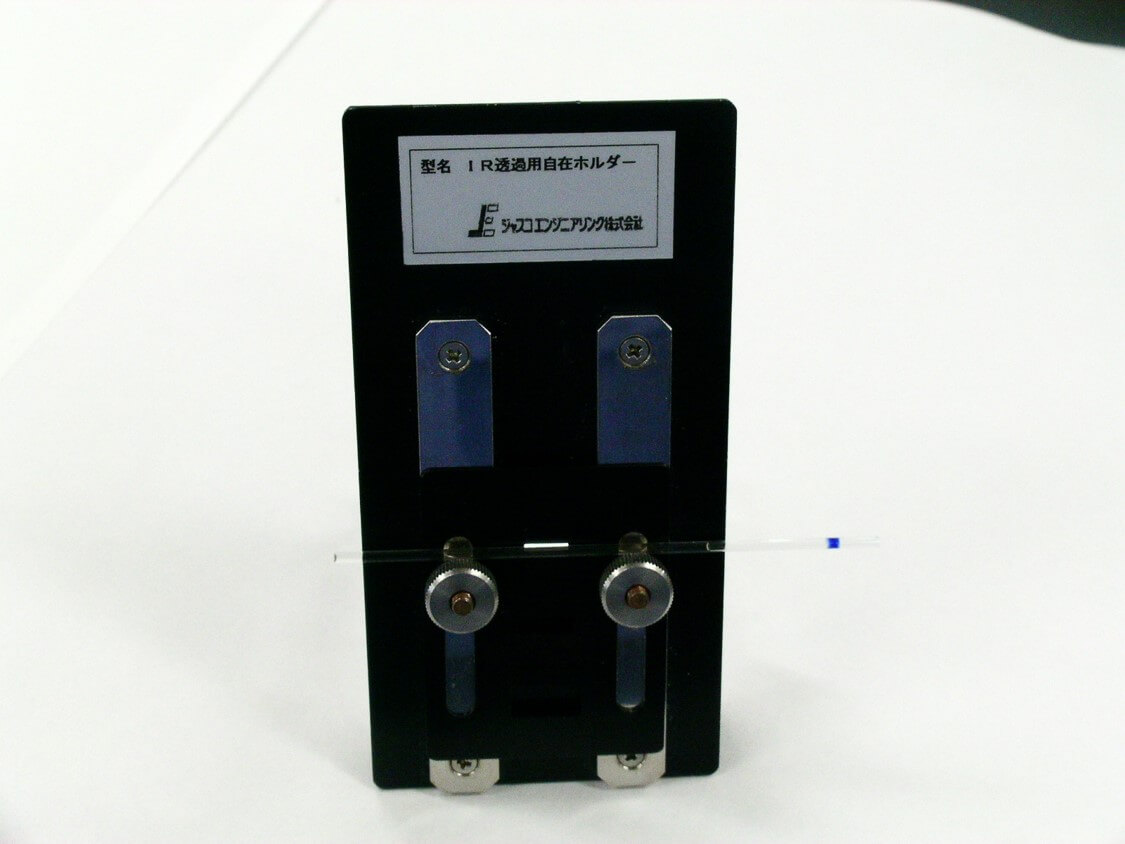
Figure 2. Holder for transmission measurement
Reflection measurement
The diffuse reflection accessory was placed in Fourier Transform Near-IR Spectrometer and then the hematocrit capillary tube was placed horizontally in line with the positioning groove and the sample spectrum collected(Figure 3).
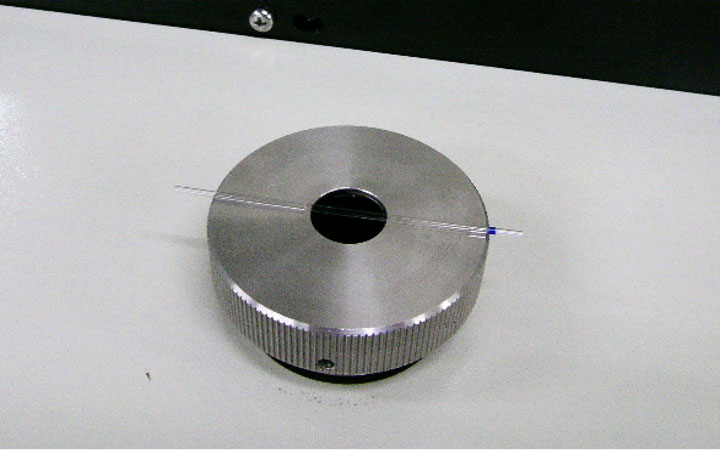
Figure 3. Holder for reflection measurement
Experimental Conditions
Accumulations: 32
Resolution: 8 cm-1
Apodization: Cosine
Detector: InGaAs
Results
Figures 4 and 5 are the measurement results by the transmission method and diffuse reflectance method, respectively. With the aqueous solution sample, there was strong absorption by OH in the 4500 cm-1 to 5500 cm-1 region. The transmission spectra provided spectra with strong absorptions compared to the diffuse reflection method.
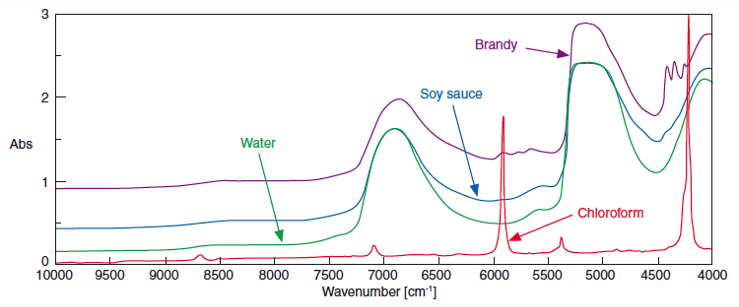
Figure 4. NIR transmission measurement spectra of liquid samples
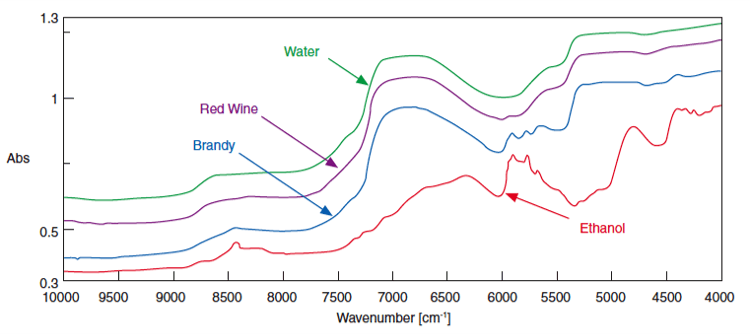
Figure 5. NIR reflection measurement spectra of liquid samples
To confirm the quantitative analysis capability of the hematocrit capillary tube sampling method, a calibration curve of alcohol in water was developed. As shown in Figures 6, the results were extremely good with correlation coefficients between R = 0.998 and 0.999 for both the transmission method and the diffuse reflection method.
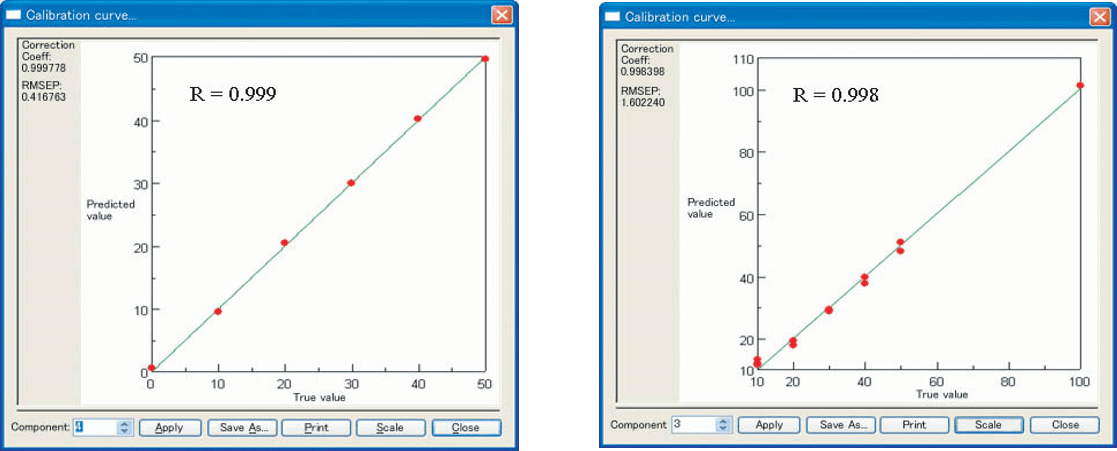
Figure 6. Calibration curve (left: transmission, right: reflection)
Conclusion
We have demonstrated a method using a hematocrit capillary tube for NIR measurements using both transmission and diffuse reflection. This system is useful for measuring not only liquid samples, but also sample types commonly encountered for food analysis. This method provides the capability to analyze various food products including preserved or fermented products, soybean paste, ketchup, jam, and yogurt, to name a few.

